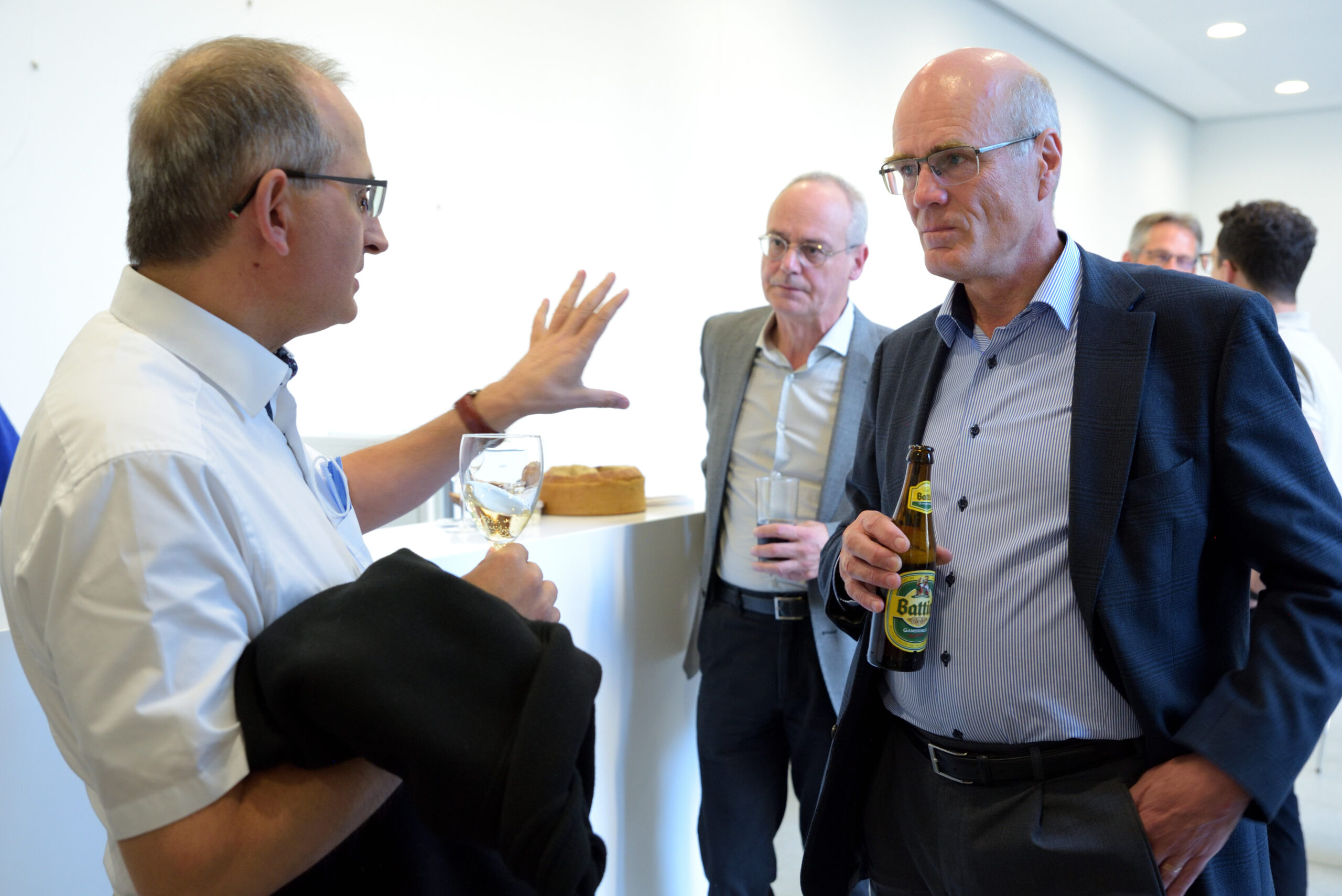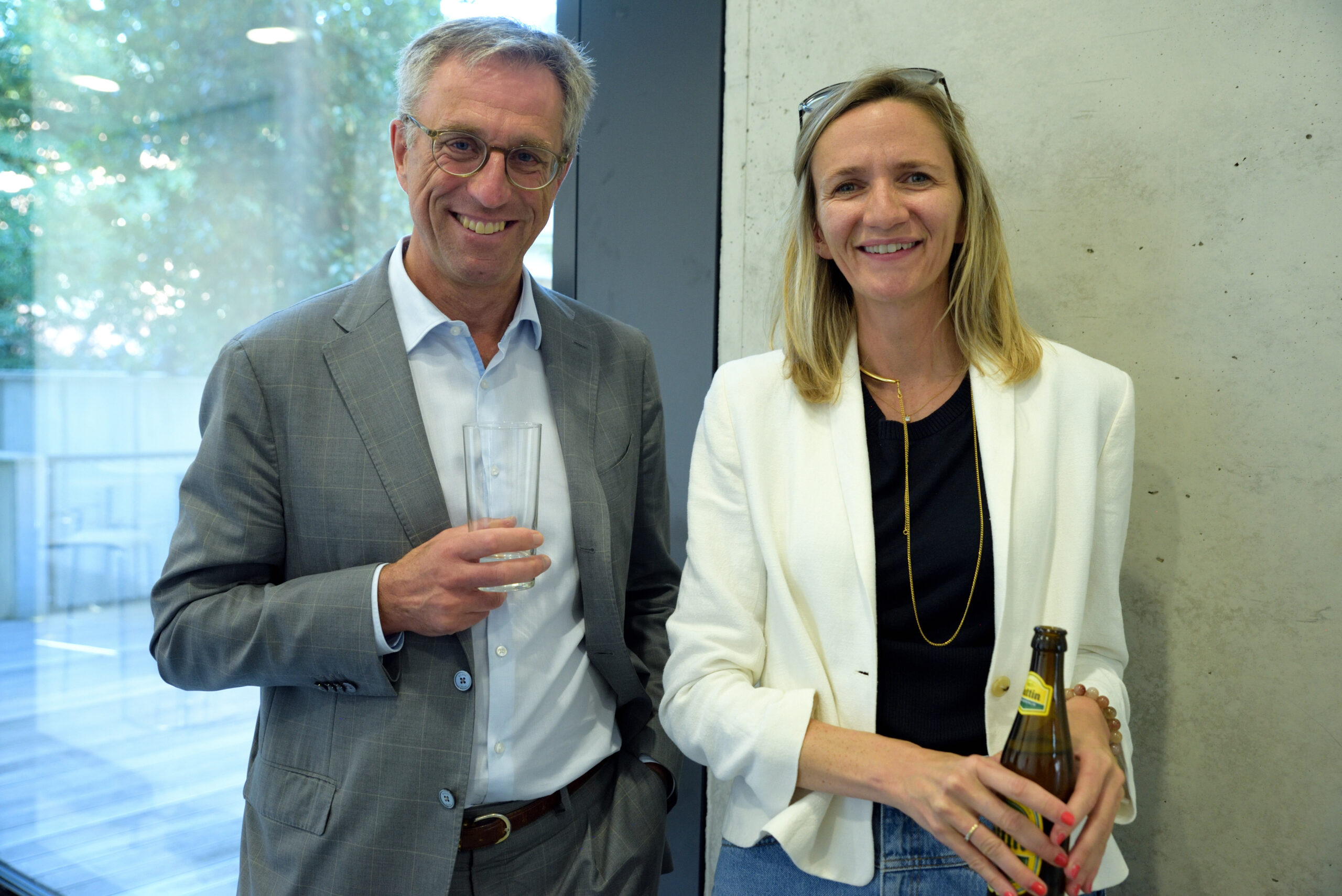Prof. Björn Ottersten (Director of the Interdisciplinary Centre for Security, Reliability and Trust – SnT) and Dr. S. Kubler (Research Scientist at SnT) came at Forum da Vinci on July 6th (2022) to present their vision on the concept of Digital Twin, and more specifically the different steps needed for preparing the groundwork to deploy, maintain and evolve a Digital Twin platform/solution throughout the company’s lifetime. Overall, Dr. S. Kubler explained that a Digital Twin platform never comes as a turnkey complete solution, as it always requires hardware and software integration, automated software testing and monitoring, and the need to calibrate human-machine trust for the future of human-machine symbiosis.

Overall, the presentation has emphasized three key preparatory stages (see Fig. 1) to be fully prepared and able to efficiently and sustainably manage a Digital Twin solution:
- Stage 1: Necessity for the company to (i) identify clear business use cases where there is a need and added-value to exploit data and simulation models; but also (ii) assess the extent to which their IT network infrastructure is interoperable and allows for integrating new systems, platforms, and data sources. This second point is crucial because, without a proper infrastructure, exploiting, maintaining and evolving a Digital Twin platform/solution quickly becomes challenging task, hampering its sustainable development.;
- Stage 2: Necessity to set up an experimental lab (referred to as “Data Science Lab” in Fig. 1) to facilitate the testing, deploying and maintenance of codes, which is crucial to foster collaboration between business and IT departments (e.g., with fast Proof-of-Concept development), which is often lacking in companies. Overall, this lab should serve as a “playground” to test and improve digital services (e.g., AI/ML algorithms that are key pillars of Digital Twin solutions) before putting them into production (i.e., for use in operational environment). This is very important, as some studies (see e.g. [1]) evidenced that putting a ML model from a research environment into production – where it eventually starts adding business value – takes from 8 to 90 days on average, and what is worse, up to 75% of ML projects never go beyond the experimental phase;
- Stage 3: Necessity to have a proper IT and software infrastructure to make sure that (i) Human-in-the-Loop* and Human-in-Command** can be properly achieved; (i) performance of the deployed digital services can be efficiently monitored; and, if performance degrades, that (ii) countermeasures can be applied in an automated manner;

To illustrate and explain in practical terms how challenging these stages can be for companies, Dr. S. Kubler developed success stories of three ongoing industrial partnerships between SnT (Serval research group to be precise) and companies located in the Luxembourg, namely CREOS, Cebi and BGL-BNP Paribas. He presented and discussed the different challenges that those partnerships have faced over the years, and how important it is has been for these company to collaborate with SnT for (jointly) solving those challenges. As a complementary presentation, Prof. Björn Ottersten presented how important industrial partnerships are for SnT and the Luxembourgish innovation ecosystem, along with what the underlying cooperation model looks like.
* Human-in-the-Loop: capability for human intervention in every decision cycle of the system
** Human-in-Command: capability to oversee the overall activity of the AI system, incl. its broader economic, societal, legal and ethical impact, and the ability to decide when and how to use the system in any particulars. [1] Algorithmia, 2020 State of Enterprise Machine Learning survey (2020). https://info.algorithmia.com/hubfs/2019/Whitepapers/The-State-of-Enterprise-ML-2020/Algorithmia_2020_State_of_Enterprise_ML.pdf
































